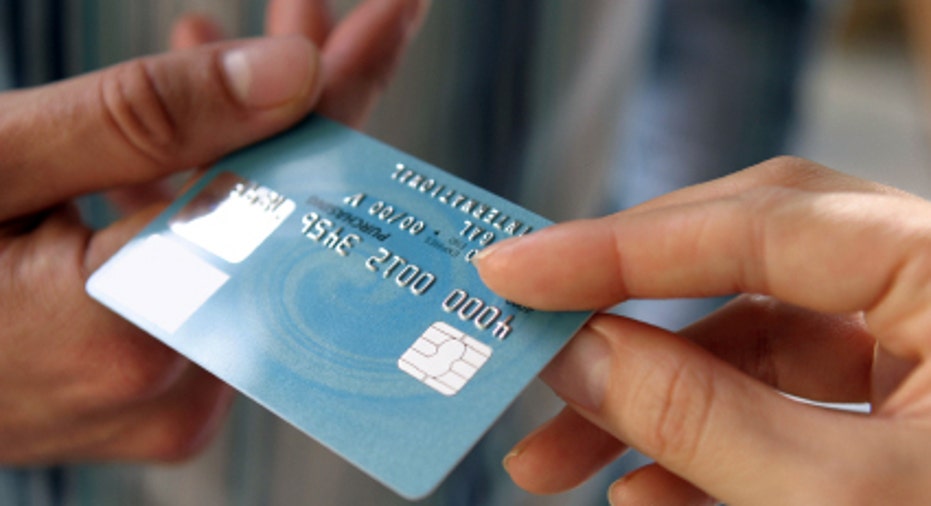Here's How to Get Your Hands on a Zero-Interest Credit Card

So you want a credit card with zero-percent interest?
While they disappeared during the credit crunch, credit card issuers have brought them back lately. Despite their proliferation, they're tough to get, and high in demand, but obtaining the highly rare zero-interest credit card is doable if you know where to look.
"Zero-interest credit cards are definitely more common than they were just a year or two ago," says Kevin Gallegos, vice president of Phoenix operations for Freedom Financial Network. "The key is that they are interest-free for a limited time. And you need excellent credit to qualify -- generally a score that's well into the 700s."
There are myriad reasons for targeting a zero-interest credit card, but the main one is strictly budget-related -- a lower-rate balance-transfer credit card reduces monthly payments and allows you to pay down your balance faster, says Beverly Harzog, a consumer finance expert and author of "Confessions of a Credit Junkie: Everything You Need to Know to Avoid the Mistakes I Made."
"The goal should be to pay the debt off during the interest-free intro period, which can range from six months to 18 months. It's a golden opportunity to save yourself a lot of interest expense," she says.
To grab a good deal on zero-interest credit cards, consider these simple -- but critical -- rules before signing on the bottom line.
Start with your own card carrier
Zero-interest credit cards can be advantageous to consumers looking to make a big purchase, but without diligent research or a pay-back plan, those zero-interest cards could go from helping you to seriously hurting you, says Steve Trumble, president and CEO of American Consumer Credit Counseling.
"One key step for consumers looking to obtain a zero-interest credit card is to shop around for deals offered by different companies to find what card best fits your financial plan," he adds. "However, the best zero-interest credit card might be at your current credit card company. Research deals that your current company is offering to new customers and see if they will extend the offer to a loyal customer like you."
How long will the rate hold?
Hold back on a zero-percent credit card offer until you know, for sure, how long the zero-percent deal is locked in place. These days, many card issuers will offer the deal for at least a year. Regardless of the length of the zero-percent rate, cardholders need to be mindful of the term and especially aware of the interest rate once that term ends. Most likely the new rate will be upward of 13 percent.
If you're transferring a balance from another card to this one, be sure to look at the interest rate on balance transfers and the fee. There are cards around that offer a zero percent rate on transferred balances for a set period of time, but you need to know what that period is. And don't forget to see how much the balance transfer fee is, as it usually runs around 3 percent of the total amount you're transferring. Also look for a limit on the amount you can transfer to the new card.
Hit the payoff target
If you don't pay off your balance by the end of a card's agreed-to term, you will be paying a higher rate. So if you land a zero-percent credit card with a 15-month introductory period, make sure you pay down the balance within that 15-month timetable.
Check for charges and fees
Pay close attention to a card's fine print so you have a complete understanding of all potential fees and charges before applying for a credit card. This can help you avoid unexpected costs and get the most out of your zero-percent credit card.
"For instance, some cards might offer zero-percent interest on purchases for a year," Gallegos says. "Pay late just once, and you'll pay an APR of nearly 30 percent."
The original article can be found at CardRatings.com:Want to get your hands on a zero-interest credit card?



















